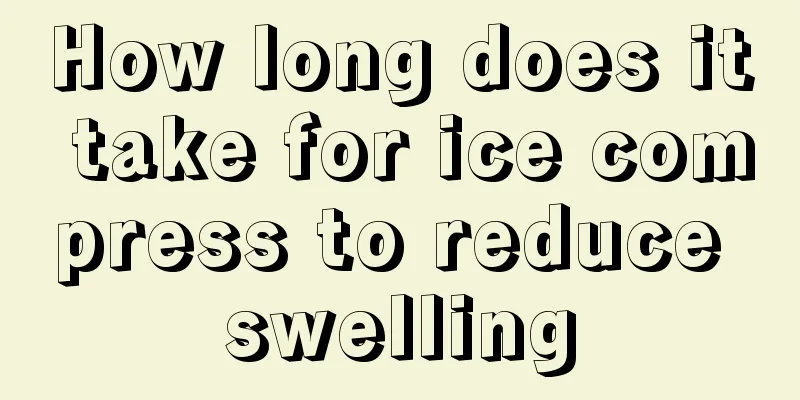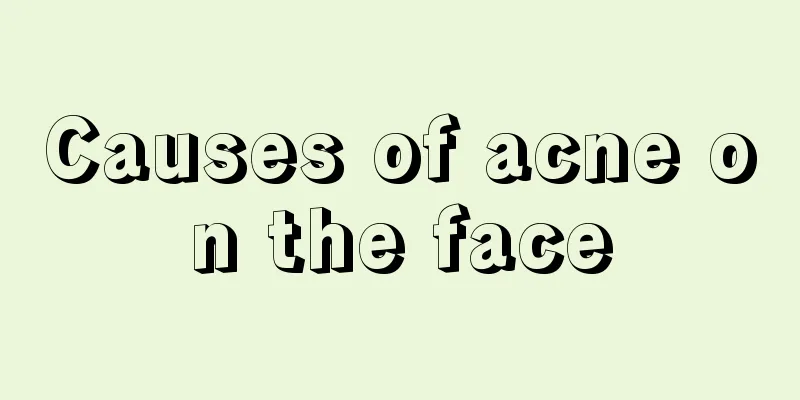Will the front teeth change?

|
People need to go through a process of tooth decay during their growth. The teeth that grow out at the beginning are called deciduous teeth. These teeth are not hard, so they start to be replaced by permanent teeth at the age of four or five. After the permanent teeth are replaced, if the teeth fall out again, no new teeth will appear. Therefore, after the permanent teeth are replaced, the teeth must be protected. Then, will the front teeth be replaced again? The teeth should have been replaced around the age of six, and the current ones should be permanent teeth. The so-called permanent teeth are teeth that are no longer replaced. Under normal circumstances, a person only replaces their teeth once in their lifetime, which starts around the age of six and ends around the age of fourteen. But wisdom teeth still grow into adults. Generally, the front teeth are replaced only once in a lifetime, and they will not be replaced again after the age of 16. But there are special exceptions. The replacement of teeth usually ends before the age of 14. The front teeth are the first to be replaced, and they are replaced at the age of 6-8. Therefore, there is no front tooth replacement at the current age. If there is damage to the current front teeth, you should go to the hospital's dental department for treatment in time. If there is any missing tooth, it needs to be repaired after the age of 18. The permanent tooth germs begin to develop and calcify after birth and start to erupt at the age of 6 to 7. There are 32 permanent teeth in total, and they are usually fully erupted by the age of 20. When the permanent teeth erupt, the deciduous teeth fall out one after another, and the time sequence is as follows: 6 years old: The two lower incisors come out, and at the same time, the first permanent molar comes out behind the second deciduous molar, one on the upper and lower left and right sides; the two lower deciduous incisors fall off. 7 years old: The two upper front teeth come out, and the two upper deciduous front teeth fall out. 8 years old: The upper and lower incisors come out, and the upper and lower deciduous incisors fall off. 9 to 10 years old: The lower canines and the first bicuspids (one on the upper and lower left and right) emerge, and the lower deciduous canines and the first deciduous molars (one on the upper and lower left and right) fall off. 10-11 years old: Upper canines emerge and upper deciduous canines fall out (one on each side). 11-12 years old: The second canines of the upper and lower teeth come out (one on each side), and the third deciduous molars of the upper and lower teeth fall out (one on each side). 12 to 13 years old: All the deciduous teeth fall out, and only permanent teeth come out (all of them are permanent molars). (The first permanent molar comes out at the age of 6, the second permanent molar comes out at the age of 12, and the third permanent molar comes out at the age of 18, every 6 years. However, the third permanent molar may not come out until the age of 30 for some people, or not at all for some individuals. |
<<: Can I eat instant noodles when I have a cough?
>>: Will I die if I have my teeth pulled out?
Recommend
What should I do if fat beans grow on my face
One of the most delicate parts of the human body ...
What are the early symptoms of liver cancer? Beware of the three early symptoms of liver cancer
The incidence of liver cancer is very high and mu...
Can malignant skin cancer be cured? It needs to be treated as soon as possible
Malignant skin cancer needs to be treated as earl...
What anti-inflammatory medicine should I take after getting a tattoo
In the past, people generally could not accept ta...
How to eliminate tear troughs?
Most people have tear troughs. For those who love...
How to Make Your Own Soap
As everyone pays more attention to health preserv...
Can bitter melon and onion be eaten together
Bitter melon is a very nutritious vegetable. The ...
What are the differential diagnoses of colon cancer?
As long as patients actively cooperate with treat...
Why does the thumb nail turn yellow?
Our nails can reflect the health of our body from...
What is the reason for numbness in the left instep
When some phenomena appear in our body, we must p...
The main components of bacterial cell wall
I believe that people who do not have relevant bi...
The most effective way to get rid of shoe odor?
Many people may have encountered this situation i...
Is it necessary to test thyroid function before pregnancy?
Pregnancy is a very important thing for women and...
What to do if teratoma recurs again
Teratoma is a tumor that grows in the germ cells ...
The correct posture for breastfeeding while lying down
There are many things that mothers need to pay at...









